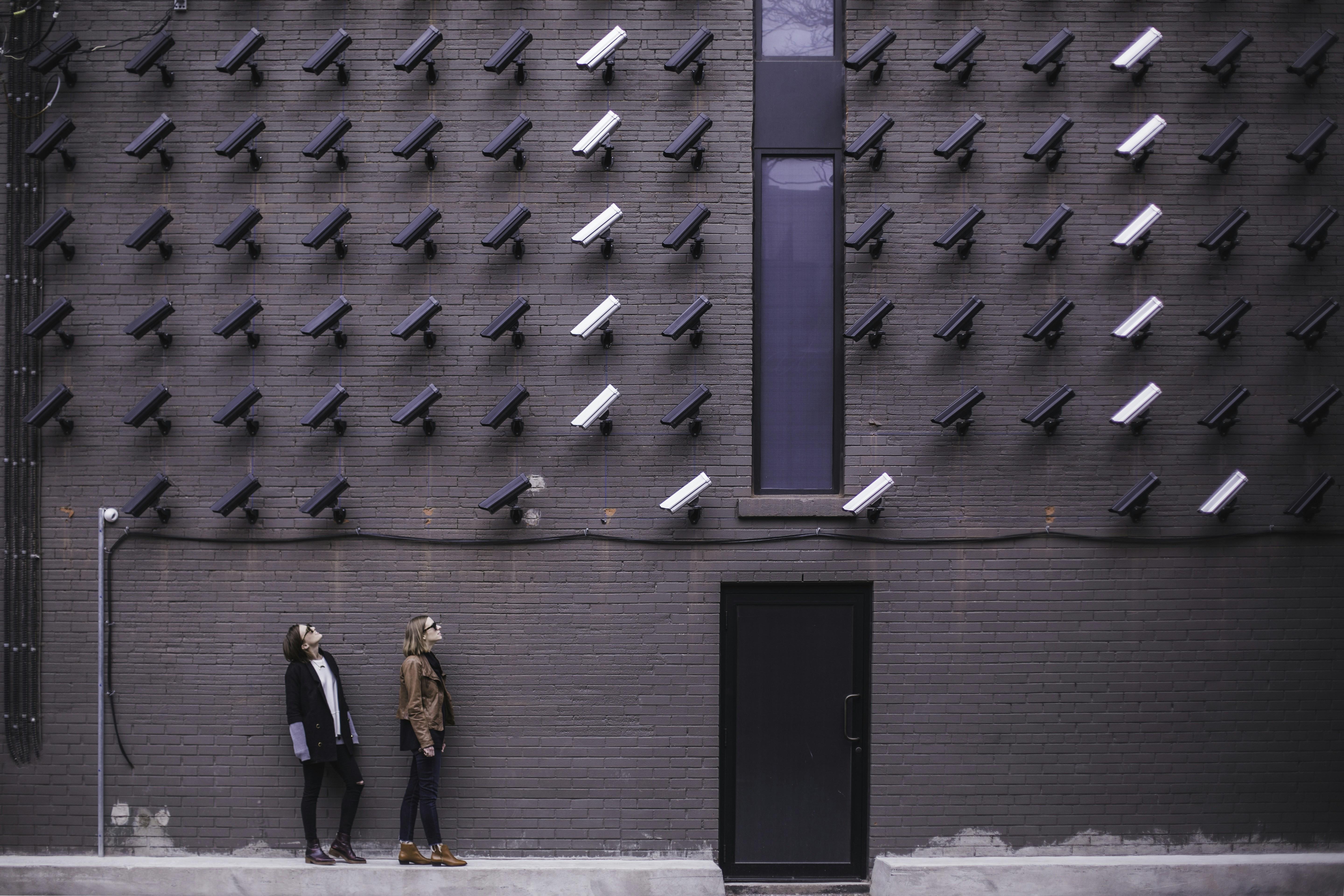In the digital age, where swipes and matches have become the norm for finding love, the role of technology in shaping our romantic lives is undeniable. Yet, as dating platforms grow in popularity, so do concerns about user safety. Enter artificial intelligence—a powerful tool with the potential to monitor conversations and identify potential threats before they escalate. But should AI become the silent guardian of our digital courtships? This article delves into the nuanced debate over whether dating platforms should employ AI to safeguard their users, balancing privacy concerns with the promise of a safer online experience. Join us as we explore the intricate dance between innovation and intimacy in the quest for secure connections.
Balancing Privacy and Protection in AI Surveillance
Incorporating AI into dating platforms to monitor conversations can indeed bolster user safety by identifying potential threats, yet it also raises significant privacy concerns. Striking a balance between these two aspects is crucial. On one hand, AI can detect red flags in communication patterns, such as aggressive language or coercive behavior, offering timely interventions. This proactive approach can prevent harmful situations, providing users with a sense of security.
However, privacy advocates argue that constant surveillance may infringe on personal freedoms and create a chilling effect on genuine interactions. To address these concerns, dating platforms could implement transparent policies, ensuring users are aware of how their data is being used. Potential strategies include:
- Opt-in features allowing users to choose AI monitoring based on their comfort level.
- Data anonymization to protect user identity while still leveraging AI capabilities.
- Regular audits to ensure AI systems adhere to ethical guidelines and privacy standards.
By thoughtfully navigating these complexities, platforms can enhance user safety without compromising the integrity of personal interactions.
Understanding AIs Role in Identifying Red Flags
Artificial Intelligence has the potential to enhance safety on dating platforms by scanning for conversational red flags. AI algorithms can be trained to recognize patterns and phrases that may indicate harmful behavior or intentions. This involves a combination of natural language processing and machine learning to assess context and sentiment. By identifying warning signs such as aggressive language, repeated requests for personal information, or manipulative tactics, AI can alert moderators or even provide real-time advice to users.
However, the implementation of such technology raises important considerations. Privacy concerns are paramount, as users may feel uncomfortable with automated systems analyzing their private conversations. There’s also the risk of false positives, where harmless interactions might be flagged erroneously, leading to unnecessary interventions. Balancing the need for safety with user privacy and autonomy is crucial, requiring thoughtful policies and transparent communication from dating platforms.

Challenges of Implementing AI in Dating Platforms
Implementing AI in dating platforms to monitor conversations for safety threats presents several challenges. Privacy concerns are at the forefront, as users may feel uncomfortable knowing that their private messages could be scrutinized by algorithms. Balancing user safety with confidentiality is a delicate task. Accuracy and context understanding are also critical; AI must differentiate between casual banter and genuine threats, which requires nuanced comprehension of language and cultural references.
Additionally, technical limitations can pose significant hurdles. Developing AI that can effectively understand diverse languages, dialects, and slang is complex. Furthermore, there’s the issue of bias in AI algorithms, which might lead to unfair or incorrect assessments of conversations. Addressing these challenges requires a thoughtful approach, combining robust technology with ethical considerations to create a safe yet respectful environment for users.

Best Practices for Ethical AI Monitoring
Implementing AI to ensure user safety on dating platforms requires a delicate balance between technological efficiency and ethical responsibility. To achieve this, platforms should adhere to a set of best practices. Transparency is paramount; users must be informed about how their data is monitored and utilized. This can be achieved through clear communication in privacy policies and user agreements.
Furthermore, it’s crucial to incorporate bias mitigation strategies. AI systems should be regularly audited to identify and correct any biases that could lead to unfair treatment of certain user groups. Platforms should also ensure user consent is obtained, allowing individuals to opt in or out of monitoring features. Additionally, a feedback loop should be established, enabling users to report false positives and negatives, which can help in refining the AI’s accuracy. Lastly, incorporating human oversight ensures that AI-generated alerts are reviewed by trained professionals, maintaining a balance between automated efficiency and human judgment.



